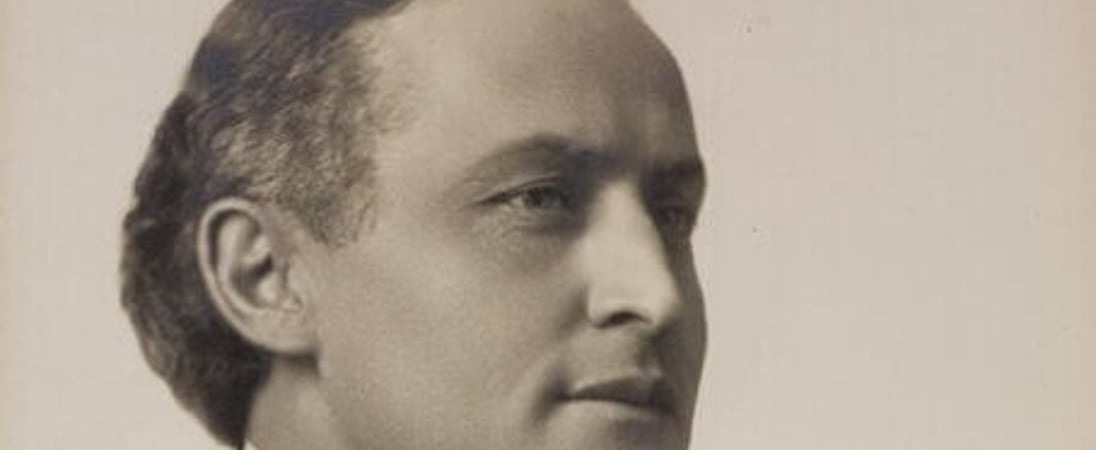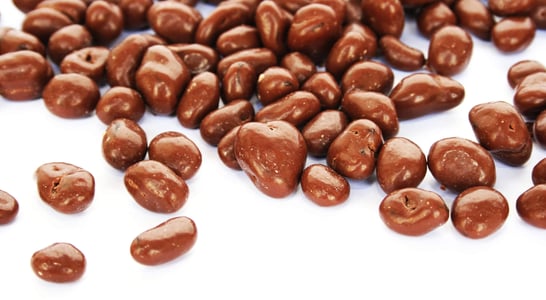
Harry Houdini's birthday
Harry Houdini, born Erik Weisz on March 24, 1874, in Budapest, Hungary, was one of the most famous magicians and escape artists of all time.
Moving to the United States with his family in 1878, he made a name for himself in Europe and the U.S. Known for his daring escape acts, Houdini could free himself from handcuffs, chains, and water-filled containers, captivating audiences worldwide.
His acts often involved escaping from police custody or performing stunts like being buried alive. Beyond magic, Houdini also acted in movies, although he eventually stopped due to financial reasons. He was a skilled aviator and one of the first people to fly a plane in Australia.
Houdini’s crusade against fake spiritualists showcased his commitment to truth in magic. He passed away on October 31, 1926, but remains a legendary figure in the world of illusion.
Harry Houdini’s Early Years
Harry Houdini, originally named Ehrich Weiss, was born on March 24, 1874, in Budapest, Hungary. His life began in a Jewish family with his parents, Rabbi Mayer Samuel Weiss and Cecilia Steiner.
At the age of four, he moved to the United States, marking the start of a new chapter in Appleton, Wisconsin. Despite the claims he made later in life, Houdini’s roots were firmly planted in Hungarian soil.
Houdini’s education was informal and sporadic, reflecting the family’s nomadic lifestyle. The financial constraints meant that he had to contribute to the household income from a young age.
Despite these challenges, Houdini’s curiosity and intelligence were evident. He developed a passion for magic after witnessing a performance by Dr. Lynn, a traveling magician.
This fascination with magic eventually led him to adopt the stage name “Harry Houdini” in honor of the French magician Jean Eugène Robert-Houdin.
Houdini’s early experiences with magic were humble, performing small tricks and acts that laid the foundation for his future as the world’s most famous escape artist.
These paragraphs draw from multiple sources to provide a cohesive narrative of Harry Houdini’s early life and education, highlighting his humble beginnings, his family’s challenges, and the initial spark of interest in magic that would define his legendary career.
Harry Houdini: Master of Escapes and Illusions
Houdini’s early career started by performing in dime museums and sideshows. However, it wasn’t until 1899, when entertainment manager Martin Beck noticed him, that Houdini’s fortunes began to change.
Beck helped Houdini refine his act, focusing on escape acts that soon made him the highest-paid performer in the American vaudeville circuit. His repertoire expanded to include escapes from handcuffs, straitjackets, coffins, and water-filled tanks, mesmerizing audiences across the United States and Europe.
Houdini didn’t stop at live performances; he ventured into filmmaking and became a pioneer in both production and acting.
Despite the financial failure of his film production company and a film lab, Houdini’s contributions to cinema, particularly through documentaries, left a lasting impact.
His love for aviation led him to purchase a French-made Voisin biplane, making history as the first person to fly a controlled power flight over Australian soil in 1910. Houdini’s literary career was equally prolific, authoring books on magic, escapes, and his crusade against spiritualists.
His personal life was intertwined with his career. Alongside his wife, Bess, Houdini performed in beer halls, circuses, and vaudeville theaters, struggling to find success until Beck’s intervention.
His brother, Theodore Hardeen, followed in his footsteps, performing escapes and contributing to the Houdini legacy.
Houdini’s commitment to magic extended beyond his performances; he played a crucial role in founding the Society of American Magicians, fostering a community that thrives to this day.
Houdini’s life was marked by his relentless pursuit of new challenges and his dedication to debunking fraudulent spiritualists.
His untimely death in 1926, following a series of punches to his abdomen by a student, sparked debates and conspiracy theories. Yet, Houdini’s legacy as the “Handcuff King” and the ultimate escape artist remains undisputed, with his life’s work continuing to inspire magicians and entertain audiences worldwide.
Interesting Facts About Harry Houdini
Houdini’s Daring Sea Monster Escape: In 1911, Houdini escaped from the belly of a 1,500-pound “sea monster” in Boston. He emerged victorious in just 15 minutes despite nearly suffocating from embalming chemicals.
Assisting in World War I: Houdini canceled his touring season to entertain soldiers and teach them escape techniques during World War I.
Owner of a Movie Studio: He launched “Houdini Picture Corporation” but quit the movie business in 1923 after financial losses.
Milk Can Trick Innovation: In 1908, Houdini introduced the milk can escape trick, later enhancing it by enclosing the can in a wooden crate.
Friendship with Arthur Conan Doyle: Initially bonded over spiritualism, their friendship soured due to differing beliefs.
A Secret Key for Escapes: Houdini used a secret key hidden in his shoe or given by an associate during handshakes for his escapes.
Also on this date...
National Cocktail Day
Whether enjoying an evening out on the town, eating dinner with that special someone, or snuggling up at home in front of the fire, there is certainly a cocktail for every occasion.
National Cheesesteak Day
The delicious flavor of grilled onions and thinly sliced beef steak, topped with some ooey-gooey melted provolone cheese – that’s what the cheesesteak sandwich is all about.
World Tuberculosis Day
Honoring the relentless human spirit in the face of a formidable adversary, a disease that has shaped history and medical progress.
National Chocolate Covered Raisin Day
Satisfy your sweet tooth with a delightful treat that combines the goodness of fruit and the indulgence of chocolate.




